If you want to get your sewer line replaced without actually leaving any excavated mess around, then you’re on the right page.
Pipe bursting method allows you to replace your pipe line without the construction of trench around the access point. Moreover, any drainage cleaning services near me can provide pipe bursting service but their cost may vary depending on the situation. In this technique, trenching is replaced by ‘Launching and receiving pits’.
Equipment and tools used for pipe bursting
The sewer line sleeve may be helpful in repairing of the pipe but pipe bursting comes into play when the sewer line needs to be replaced, that’s why you must understand that sewer line sleeve is for repairing while pipe bursting is for replacement. Generally, there are five equipment to carry out a successful pipe bursting- the expander head, pulling rods, a pulling machine, a retaining device, and a hydraulic power pack.
The expander head has its front end much smaller than the bursting end; it has the optimal dimensions to fit into the pipe that needs to be replaced. There are ‘fins’ present in between the leading and trailing (bursting) end that makes the first contact with the buried pipe. These fins are responsible for cutting down the existing pipe along its circumference. A machine at the receiving spot pulls the expander head along with new pipe into the existing line.Furthermore, the hydraulic power generators power single or multiple equipment used in pipe bursting method.
Pipe bursting cost evaluation
The major factors that add-on during pipe bursting billing include: the depth of buried pipe, length of pipe, severity of damage, sewer lateral location in the property (garages, sheds, etc.), underground utilities around the main line, count of branch connections, no. of sinkholes and off-set joints, slope of existing pipe, neighbor line connections (optional), type of materials used for the project, different surface restoration factors (such as phish gardens with complex irrigation system).
The cost of pipe bursting is generally estimated per foot and goes up and down as per market price. Currently, the price is around $60-$200 per foot. However, these methods extensively rely on the unique situation of each pipe line and the price varies according to that. Usually the estimated final billing is in between $4500-$20000.
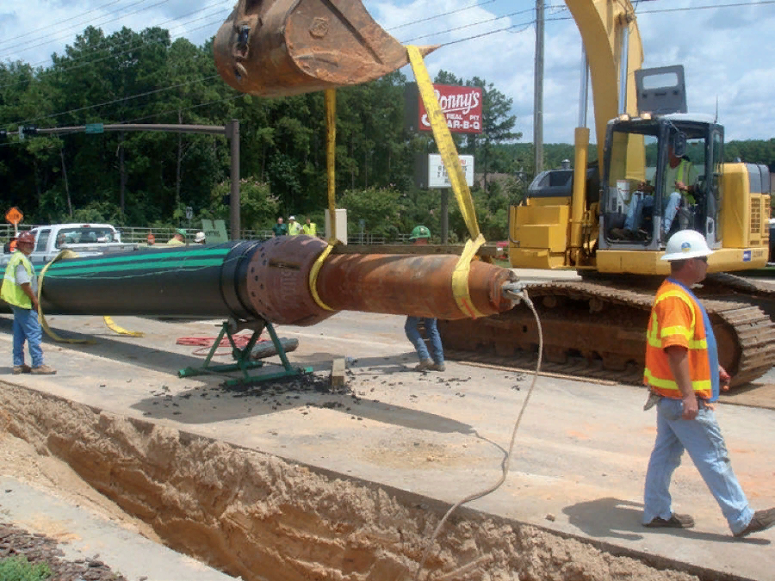
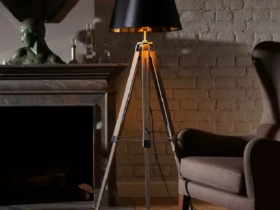
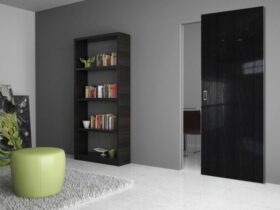
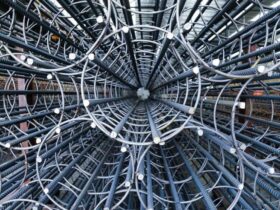



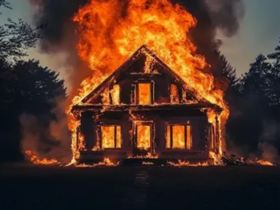
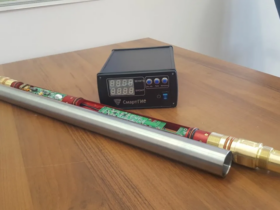
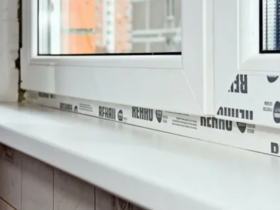
Оставить комментарий.